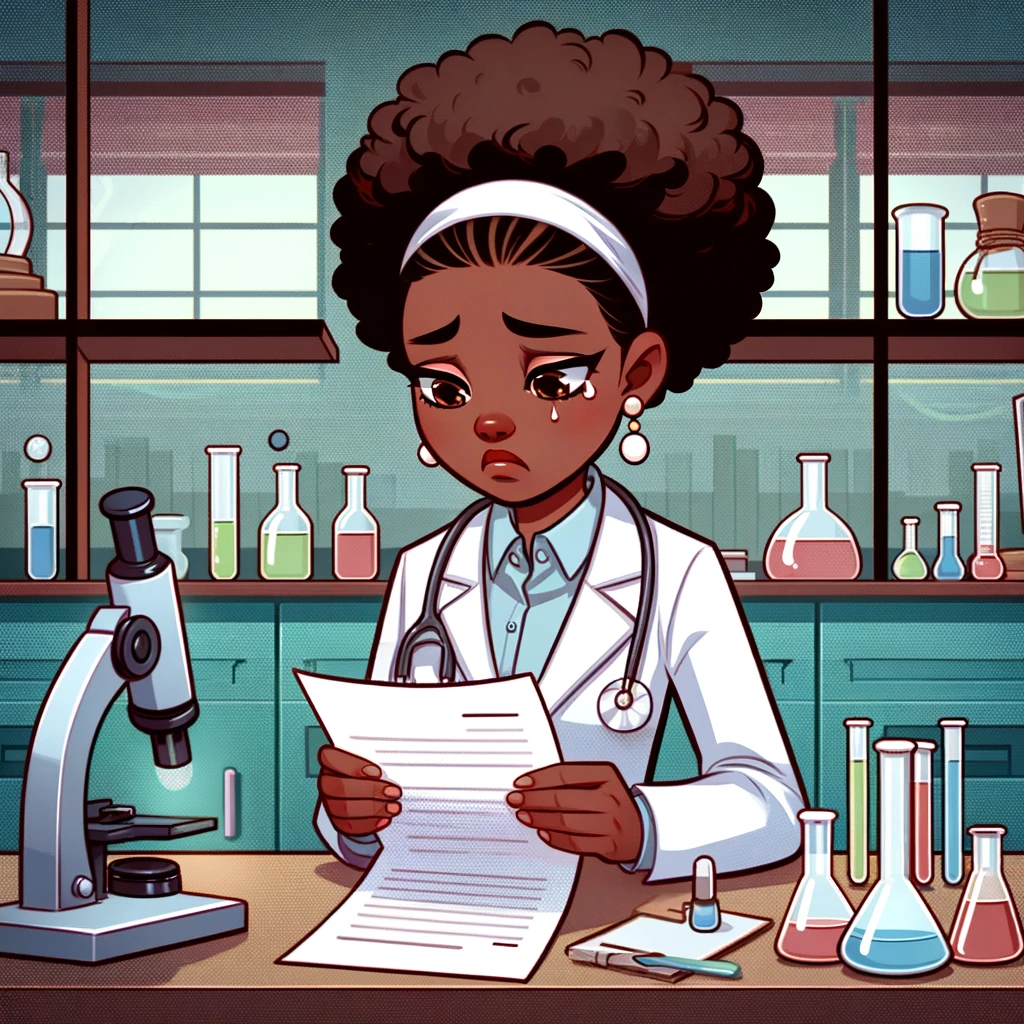Estimated reading time: 5 mins
In today’s fast-paced and ever-evolving job market, the ability to write an effective resignation letter is a valuable skill. Whether you’re a senior in high school preparing for your first job, or someone in the workforce contemplating a career change, understanding the nuances of a resignation letter is crucial. This guide aims to demystify the process and help you leave your job on a positive note.
Short on time? Jump straight to the sample resignation letter

Understanding the Purpose of a Resignation Letter
A resignation letter is a pivotal document in the professional world, serving multiple essential functions. Primarily, it acts as a formal notification to your employer about your decision to leave the company. This document sets the tone for your departure and plays a crucial role in maintaining a positive relationship with your former employer. It’s not just about announcing your exit; it’s about doing so in a way that respects the time and opportunities provided to you during your tenure.
Moreover, a well-crafted resignation letter can help facilitate a smooth transition for both you and the company. It allows your employer time to plan for your absence, whether that means redistributing your workload or starting the process to find your replacement. In essence, your resignation letter is the final impression you’ll leave with your employer. It’s an opportunity to exit with professionalism, ensuring that your departure is seen in a positive light and leaving the door open for future references or re-employment.
When to Write a Resignation Letter
Deciding when to write a resignation letter is a critical step in the resignation process. Typically, it’s advisable to submit this letter after you have had a verbal conversation with your supervisor about your intention to leave the job. This conversation should ideally happen at least two weeks before your intended last day, adhering to the standard notice period. However, certain circumstances might require a longer notice period, especially in senior or specialized positions where finding a replacement may take more time.
It’s also essential to consider the timing in relation to your professional responsibilities. If possible, plan to leave at a time that minimizes disruption to your team or ongoing projects. For instance, avoiding resignation during a critical project phase can be a considerate decision. Furthermore, some choose to wait until after the completion of significant milestones or after receiving bonuses or other benefits tied to specific dates.


Overall, the timing of your resignation letter should balance your personal career plans with professional courtesy and respect for your current employer’s operational needs. This approach not only smooths your transition but also helps maintain positive relationships that can be beneficial in the long run.
Structuring Your Letter
A well-structured resignation letter is clear, concise, and follows a professional tone. Here’s a basic outline:
- Salutation: Address your letter to your direct supervisor.
- Statement of Resignation: Clearly state your intention to resign.
- Date of Departure: Mention your last working day.
- Reason for Leaving (Optional): Briefly explain your reason for leaving.
- Thank You Section: Express gratitude for the opportunities given.
- Offer of Assistance: Offer to help with the transition.
- Closing: End with a professional closing and your signature.
Writing the Letter
- Salutation: Begin with a formal greeting, like “Dear [Supervisor’s Name],”
- Statement of Resignation: Start with a straightforward statement of intent. For example, “I am writing to formally announce my resignation from [Your Position] at [Company Name], effective [Date].”
- Date of Departure: Clearly state when your last day of work will be. This helps your employer plan for your departure.
- Reason for Leaving: This is optional and should be approached with caution. If you choose to include a reason, keep it brief and professional. Avoid negativity, even if your experiences weren’t all positive.
- Thank You Section: Express gratitude for the experience, growth, and opportunities you’ve had. This could include specific projects or experiences that were particularly beneficial.
- Offer of Assistance: Offer to help with the transition. This could include training a replacement or finishing certain projects. It demonstrates goodwill and professionalism.
- Closing: End with a formal closing like “Sincerely” or “Best regards,” followed by your name.
What to Avoid in a Resignation Letter
- Negativity: Even if you’re leaving due to less-than-ideal circumstances, a resignation letter isn’t the place for airing grievances.
- Too Much Detail: Keep your letter concise. It’s not necessary to go into detail about your next job or personal reasons for leaving.
- Informal Language: Maintain a professional tone throughout the letter.


After Submitting Your Resignation Letter
Once you’ve submitted your resignation letter, it’s important to continue navigating your final days with professionalism and grace. This period can be critical for several reasons:
- Exit Interview: Many companies conduct an exit interview. It’s an opportunity to provide feedback about your experience. Be honest yet constructive in your criticism. This is not only professional but can also help the company improve for future employees.
- Transition Duties: If you offered to assist with the transition in your resignation letter, follow through with this promise. Help train your replacement if one has been chosen, or document your current projects and responsibilities to ensure a smooth handover.
- Maintaining Relationships: The final days are your chance to solidify positive relationships with your colleagues and supervisors. Network, exchange contacts, and express your appreciation for their support. Remember, these connections can be invaluable for your career in the long run.
- Professionalism: Keep up your usual work standards. Completing your tenure with strong performance and a positive attitude will leave a lasting good impression.
- Future References: Your current employer can be a valuable reference for future job opportunities. Leaving on good terms increases the likelihood of a positive recommendation.
Navigating these steps thoughtfully ensures that you leave your job with professionalism, maintaining valuable relationships and a positive reputation in your industry.


Sample Resignation Letter
Below is a sample resignation letter to give you an idea of how to structure yours:
Dear [Supervisor’s Name],
I am writing to formally resign from my position as [Your Position] at [Company Name], effective [Date, typically two weeks from the date of the letter].
I have thoroughly enjoyed my time at [Company Name] and am grateful for the opportunities to grow both professionally and personally. In particular, working on [mention a significant project or experience] was a highlight of my time here.
I am happy to assist in any way to ensure a smooth transition, including training my successor or completing outstanding projects.
Thank you again for the opportunity to be a part of the [Company Name] team. I look forward to staying in touch and hope our paths cross again in the future.
Sincerely,
[Your Name]Conclusion
Writing a resignation letter is a crucial skill in today’s job market. It’s your opportunity to maintain professionalism and leave a lasting positive impression. By following these guidelines, you’ll be able to craft a respectful and effective resignation letter, paving the way for future opportunities and sustained professional relationships. Remember, the end of one job can be the start of an exciting new chapter in your career.
